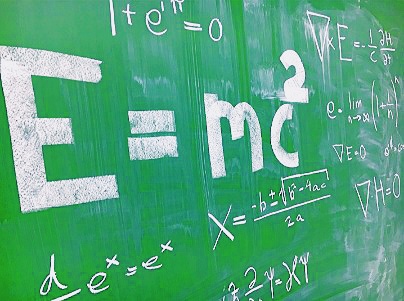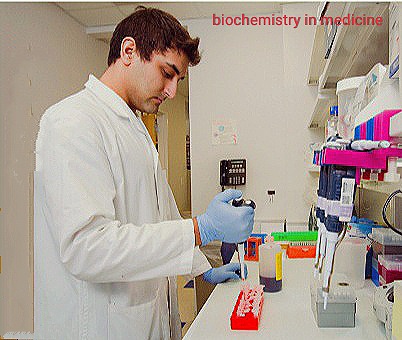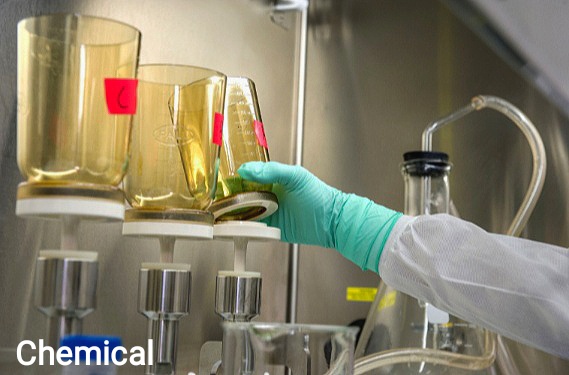How To Change Superlative To Positive Degree?
Today, we are going to discuss the rules of degree change in English grammar by following simple steps and methods. Comparison of adjective words or adverbial words is known as degree comparison in English grammar. This is a significant chapter in the conversion of sentences. Here, according to the rule of changing the adjective or adverb-adjective word, we have to change a sentence from positive to superlative.I am going to discuss below some rules for changing degrees from one form to another.
What is Superlative Degree?
Superlative degree is used to describe an object that is above or below a quality (maximum, smallest, fastest, highest). These are used in sentences where a subject is compared to a group of objects.Noun (subject) + verb + the + superlative degree + noun (object).
Examples:
- My village is the largest one in our neighborhood.
- This is the smallest table I've ever seen.
- Your cat ran the fastest of any cat in the race.
What is Positive Degree?
The simplest form of positive degree adjective. There is no comparison between a person or a thing, only that it expresses the quality of nouns and pronouns: he is good. He is not bad. You are poor but honest. It's too big. There is no comparison between them but they only express quality in the normal way. So they have a positive degree.Examples:
- Mr. Michael is a good man.
- Jhon is as smart as his brother.
- Alex is as clever as Madan.
- You're not as intelligent as her.
The Points You Must Remember
There are some points to keep in mind when changing degrees. Here they are:- Point-01: The sign of the Positive Degree is “as…..as/so…..as”.
- Point-02: The sign of the Superlative Degree is “the”.
- Point-03: The form of the adjective or adverb word will be changed following the form of the degree: (Positive- Strong)/ (Superlative-Strongest).
- Point-04: The original meaning of the sentence should not be changed during the conversion.
- Point-05: During the transformation sentences, to keep the meaning the same, you need to change the position of the subject and object.
(When changing the degree, the subject of the original sentence and the position of the object should be changed. That is, the object in the positive degree should be placed as the subject in the comparative degree/ superlative degree)
How to Change Superlative to Positive Degree
Rules to convert Superlative Degree to Positive Degree:Rule 1:
No other + the next part of the given Superlative + verb + so / as + Positive form of Superlative Degree + as + subject of the original sentence.
Examples:
- Superlative: Alex is the smallest player in the team.
- Positive: No other player in the team is as small as Alex.
- Superlative: Sami is the best housewife.
- Positive: No other housewife is as good as Sami.
Rule 2:
All other, most other, many other, few other, very few, one of the rules to convert the added Superlative Degree to Positive Degree:
First very few + Superlative next part + plural form of verb + so/ as + Positive form of Superlative Degree + as + subject of original sentence.
Examples:
- Superlative: She is one of the best singers in the team.
- Positive: Very few singers in the team are as good as she.
- Superlative: Silver is one of the most useful metals.
- Positive: Very few metals are as useful as Silver.
Now look at the examples and explanations of these rules below. The modified parts of all the sentences are in bold. I have explained all the facts of both the rules.
Example of Rule: 01
- Positive: No other boy in the class is as good as Smith.
- Superlative: Smith is the best boy in the class.
Explanation:
Here, the adjective word ‘good’ has been comparatively changed to ‘better’ and sublimely to ‘best’. Also, positively the word ‘Smith’ has become a comparative and higher subject word. Finally, you can see that the verb form in this rule is singular.
Example of Rule: 02
- Positive: Very few cities are as developed as U.K. in the world.
- Superlative: U.K. is one of the most developed cities in the world.
Explanation:
Here, the adjective term ‘developed’ has been changed to ‘more developed’ and ‘most developed’ in comparison. Also, positively the term object ‘U.K’ has become a comparative and higher subject word. Finally, you can see that the verb form in this rule is plural.
Example of Rule: 03
- Positive: The girl is as strong as the boy.
- Superlative: The girl is not stronger than the boy.
- Positive: You believe him as much as I.
- Superlative: You do not believe him more than I.
- Positive: Your pan is as fine as mine.
- Superlative: Your pan is not finer than mine.
Explanation:
In this rule, you will get a word after “as…as”. Here, the adjective word ‘strong’ has been comparatively changed to ‘strong’. Also positively the word ‘girl’ has become a relatively subject word. Finally, you will do the comparative negative if the positive form is positive. But, if the positive form is negative, you will make the comparative form positive. This meaning must be kept the same.
Example of Rule: 04
- Positive: The boy is as ugly as you said.
- Superlative: The boy is no less ugly than you said.
- Positive: The learner is not as fool as I think.
- Superlative: The learner is less fool than I think.
Explanation:
In this rule you will get a sentence after "as… as". Here, your comparative adjective form does not need to change and neither does the position of the subject and object. You will do comparatively negative if the positive form is positive. But, if the positive form is negative, you will make the comparative form positive. This meaning must be kept the same.
Conclusion
This is a complete set of rules for changing degrees, including examples and explanations. Remember that this lesson is one of the basic parts of the essential grammatical lesson. I hope you understand this lesson better now. You can convert any sentence from positive to comparative or higher and from higher to comparative and positive.But if you have any trouble understanding this lesson here are some rules of degree change, please let me know in the comments section below. I am always here to help you, to ensure your language learning.
Frequently Asked Questions on Superlative And Positive
What is a degree?Degrees in English grammar are nothing more than adjectives and adverbial forms.
What Is the Positive Degree?
The positive degree of an adjective is the simplest form of that adjective.
For example:
- Adjectives: rich, pretty, handsome, good
- Adverbs: slowly, beautifully
What Is the Superlative Degree?
The superlative degree of an adjective indicates the highest level of quality. Superlative degrees are usually used to compare more than two persons or things.
For example:
- Adjectives: richest, prettiest, most handsome, best
- Adverbs: most slowly, most beautifully


















